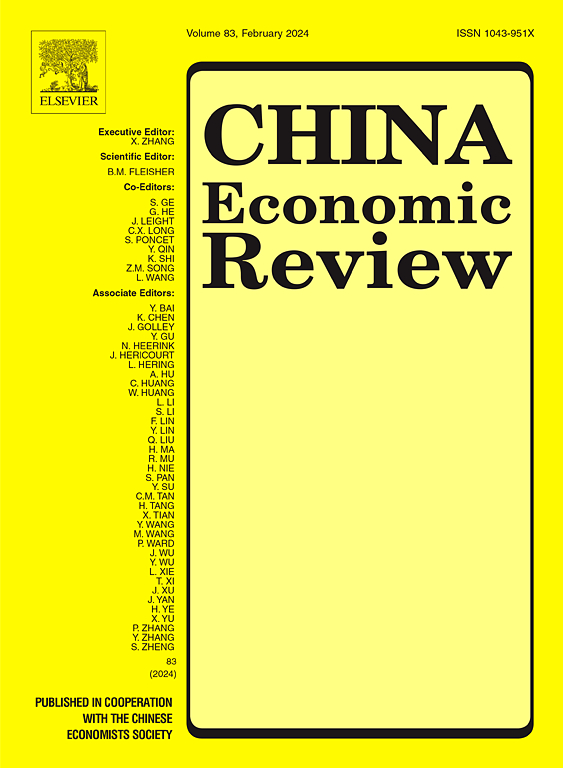机器人和公平成本:来自中国的证据
IF 5.5
1区 经济学
Q1 ECONOMICS
引用次数: 0
摘要
关于采用机器人技术与公平成本之间的关系,有两种相互竞争的观点。一种观点认为,由于技术的进步和效率的提高,采用机器人技术可以让企业在必要时裁减更多的工作岗位,从而降低股权成本。然而,另一种观点认为,采用机器人技术可能会破坏员工士气,促使股东要求更高的回报来抵消感知到的运营风险,从而增加股权成本。为了实证检验这些相互冲突的影响,本研究分析了2006年至2019年中国上市公司的数据。利用国际机器人联合会(International Federation of robotics)和一组中国上市公司关于机器人采用的行业指标,本研究发现机器人采用与股权成本之间存在强烈的负相关关系。机制分析表明,机器人技术通过经营杠杆和员工满意度两个相反的渠道影响企业股权成本,前者主导后者。本研究通过提供来自中国企业的确凿证据,丰富了越来越多关于自动化技术的文献,并揭示了机器人的采用如何影响企业的股权成本。本文章由计算机程序翻译,如有差异,请以英文原文为准。
Robots and cost of equity: Evidence from China
There are two competing perspectives regarding the nexus between robotics adoption and the cost of equity. One view posits that robotics adoption allows firms to cut more jobs when necessary, leading to decreases in the cost of equity, thanks to technological advances and improved efficiency. Another view, however, postulates that robotics adoption may disrupt workforce morale, prompting shareholders to demand higher returns to offset perceived operational risks, thereby increasing the cost of equity. To empirically examine these conflicting effects, this study analyzes data from Chinese publicly traded firms spanning 2006 to 2019. Leveraging industry-level metrics on robotics adoption from the International Federation of Robotics and a panel of Chinese listed firms, this study identifies a robust negative association between robotics adoption and the cost of equity. Mechanism analysis reveals that robotics impacts firms' cost of equity via two opposing channels: operating leverage and employee satisfaction, with the former dominating the latter. This research enriches a growing body of literature on automation technologies by offering solid evidence from Chinese firms and sheds light on how robotics adoption influences firms' cost of equity.
求助全文
通过发布文献求助,成功后即可免费获取论文全文。
去求助
来源期刊

中国经济评论
ECONOMICS-
CiteScore
10.60
自引率
4.40%
发文量
380
期刊介绍:
The China Economic Review publishes original works of scholarship which add to the knowledge of the economy of China and to economies as a discipline. We seek, in particular, papers dealing with policy, performance and institutional change. Empirical papers normally use a formal model, a data set, and standard statistical techniques. Submissions are subjected to double-blind peer review.
 求助内容:
求助内容: 应助结果提醒方式:
应助结果提醒方式:


